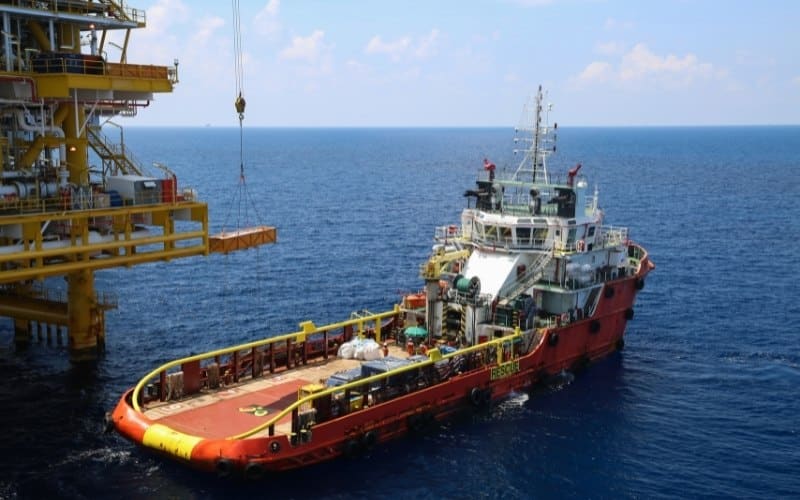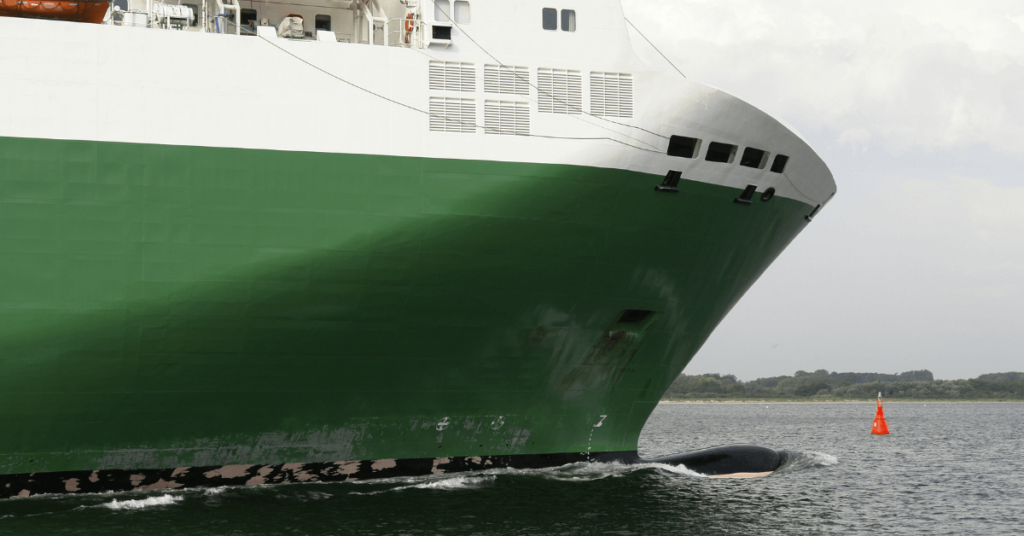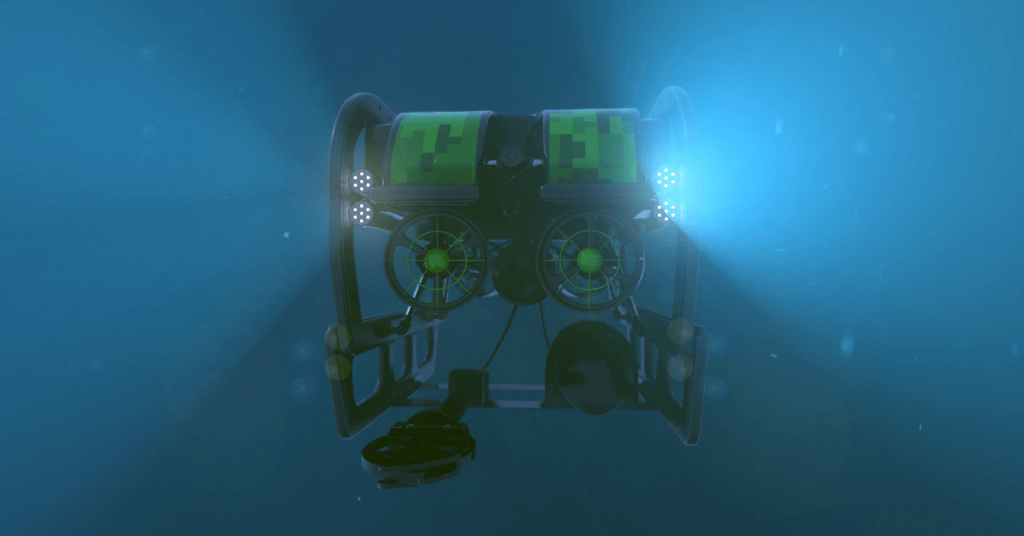What is an Offshore Barge?
A barge is a flat-bottomed boat, especially built for river and canal transport of heavy goods. Barges these days are actually used to transport low-value bulk items as the cost of hauling goods by barges are cheaper.
But these barges are no longer large enough to keep up in the shipping industry, as they are now larger and new vessels available for transport.
A typical barge measures 195 by 35 feet (59.4 m × 10.6 m) and can carry up to 1,500 tons of cargo. Other than barges, the different types of shipping vessels that are used are Container Ships, Bulk Carriers and Tankers. All in all they serve the same purpose of carrying cargo, goods, materials sometimes-even vehicles or people from one port to another.

A classic barge is very similar to a very large raft. In many cases, a barge is un-powered, and has to be moved with the assistance of a tugboat. In this situation, the captain and first mate are aboard the tugboat, not the barge, as the tugboat is providing the power and steering for the barge.
On self powered barges, the crew includes a captain and first mate to steer the boat and manage the crew, and a small superstructure is usually mounted on the rear of the barge.
How are barges used in shipping?
Barges need the help of tug boats to be towed from one place to another. These tugboats are strongly built and powerful for their size. The first few generations of tugboats had steam engines but the modern ones, which are being used today, use powerful diesel engines.
Other than barges tugboats can assist to move vessels that cannot move themselves or does not have a propulsion system, such as ships in a tight spot like a narrow canal or just a disabled ships.
Some of these tugboats are deployed as icebreakers or even salvage boats. And some tugboats even act as lifesavers; they actually assist in putting out fires that may occur in the harbors and so on. These lifesaving tugboats are equipped with firefighting monitors and fire hoses.
There are two types of tugboats i.e. they are river tug boats and harbor tug boats. While harbor tug boats operate in harbors, river tug boats cannot deploy in the sea, due to the design which do not suit for sea operations.
Harbor tugboats are also capable of maneuvering in any direction and can also produce steam force. Even though some barges need help of these tug boats, others do not require the assistance from tug boats and are known as self propelled barges. However they are mostly used in calm waters for traveling up stream or down stream.
Barges are the most fuel-efficient mode of transport for cargo and other things in inland water ways and near harbors. It reduces air pollution as it gets rid of the need of using so many trucks to transport what one barge can actually transport. Thus, it’s an efficient and cost-saving option in the shipping business.
Reference-Â Offshore-mag
Disclaimer :
The information contained in this website is for general information purposes only. While we endeavour to keep the information up to date and correct, we make no representations or warranties of any kind, express or implied, about the completeness, accuracy, reliability, suitability or availability with respect to the website or the information, products, services, or related graphics contained on the website for any purpose. Any reliance you place on such information is therefore strictly at your own risk.
In no event will we be liable for any loss or damage including without limitation, indirect or consequential loss or damage, or any loss or damage whatsoever arising from loss of data or profits arising out of, or in connection with, the use of this website.
Do you have info to share with us ? Suggest a correction
Related Articles
Disclaimer :
The information contained in this website is for general information purposes only. While we endeavour to keep the information up to date and correct, we make no representations or warranties of any kind, express or implied, about the completeness, accuracy, reliability, suitability or availability with respect to the website or the information, products, services, or related graphics contained on the website for any purpose. Any reliance you place on such information is therefore strictly at your own risk.
In no event will we be liable for any loss or damage including without limitation, indirect or consequential loss or damage, or any loss or damage whatsoever arising from loss of data or profits arising out of, or in connection with, the use of this website.
Daily Maritime News, Straight To Your Inbox
Sign Up To Get Daily Newsletters
Join over 60k+ people who read our daily newsletters
By subscribing, you agree to our Privacy Policy and may receive occasional deal communications; you can unsubscribe anytime.




I so much benefited from the information on this article and I would like to know more of the various barges, vessels, ship, their parts, uses and operations. Thanks.
This was great, thank you.